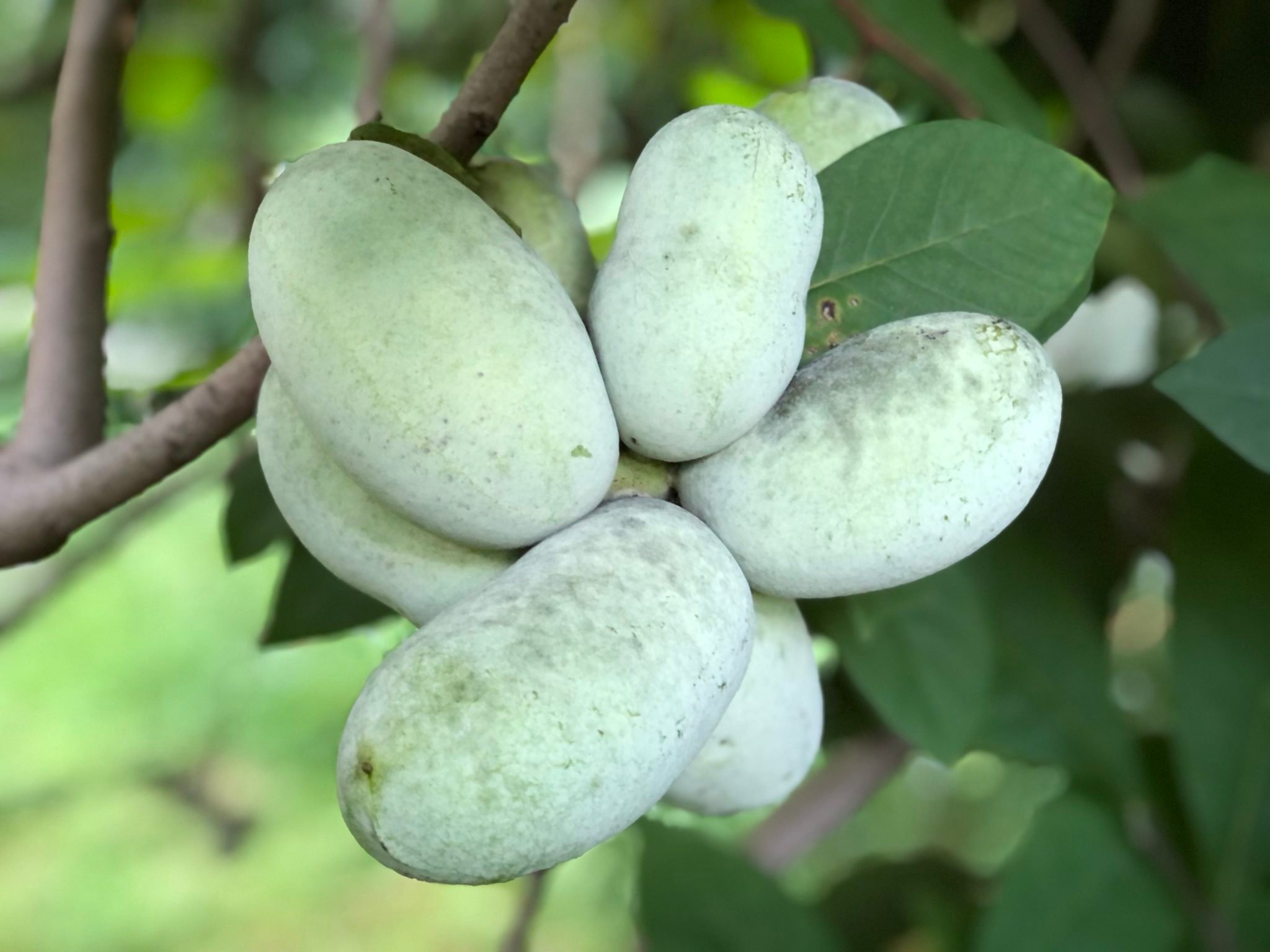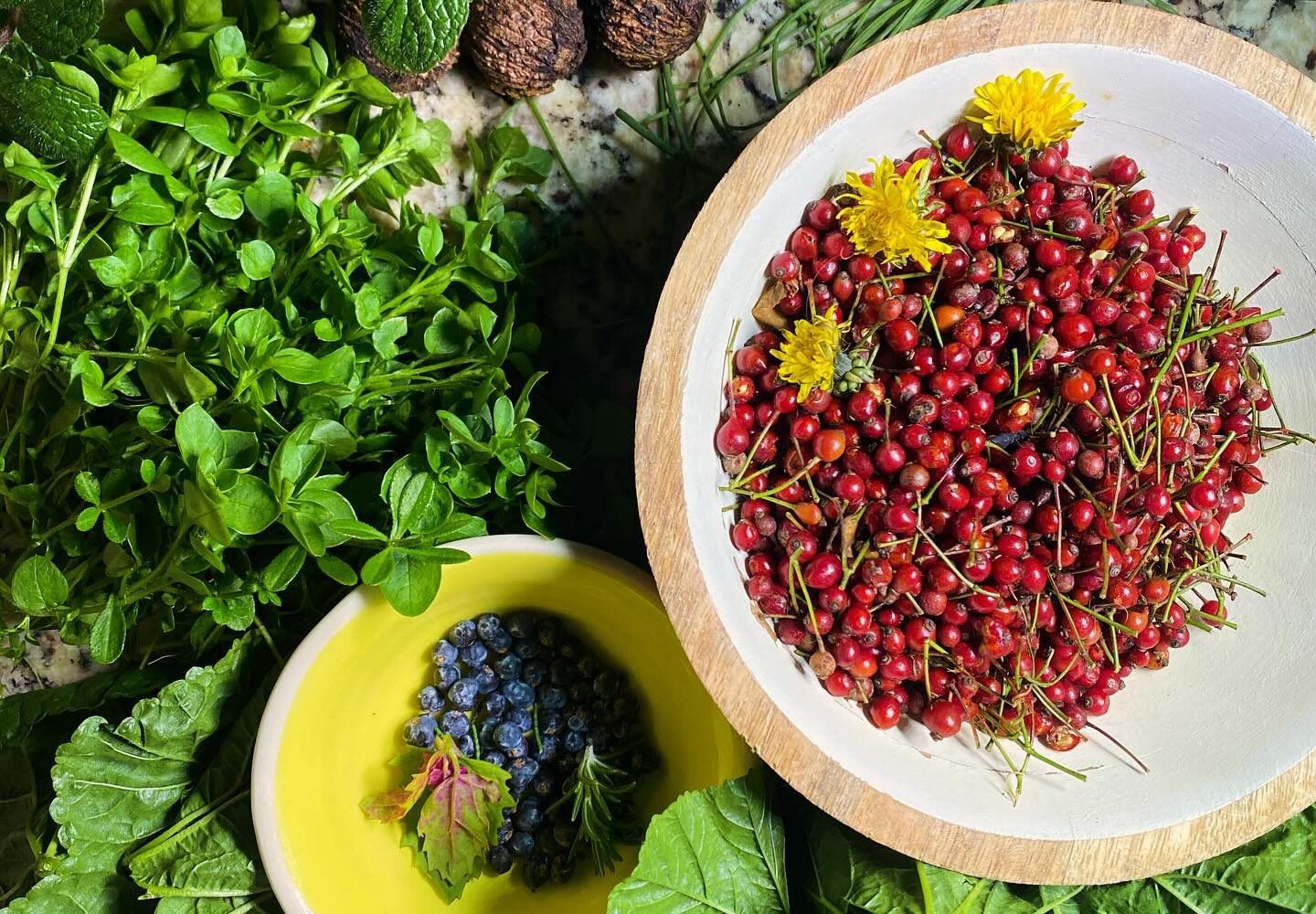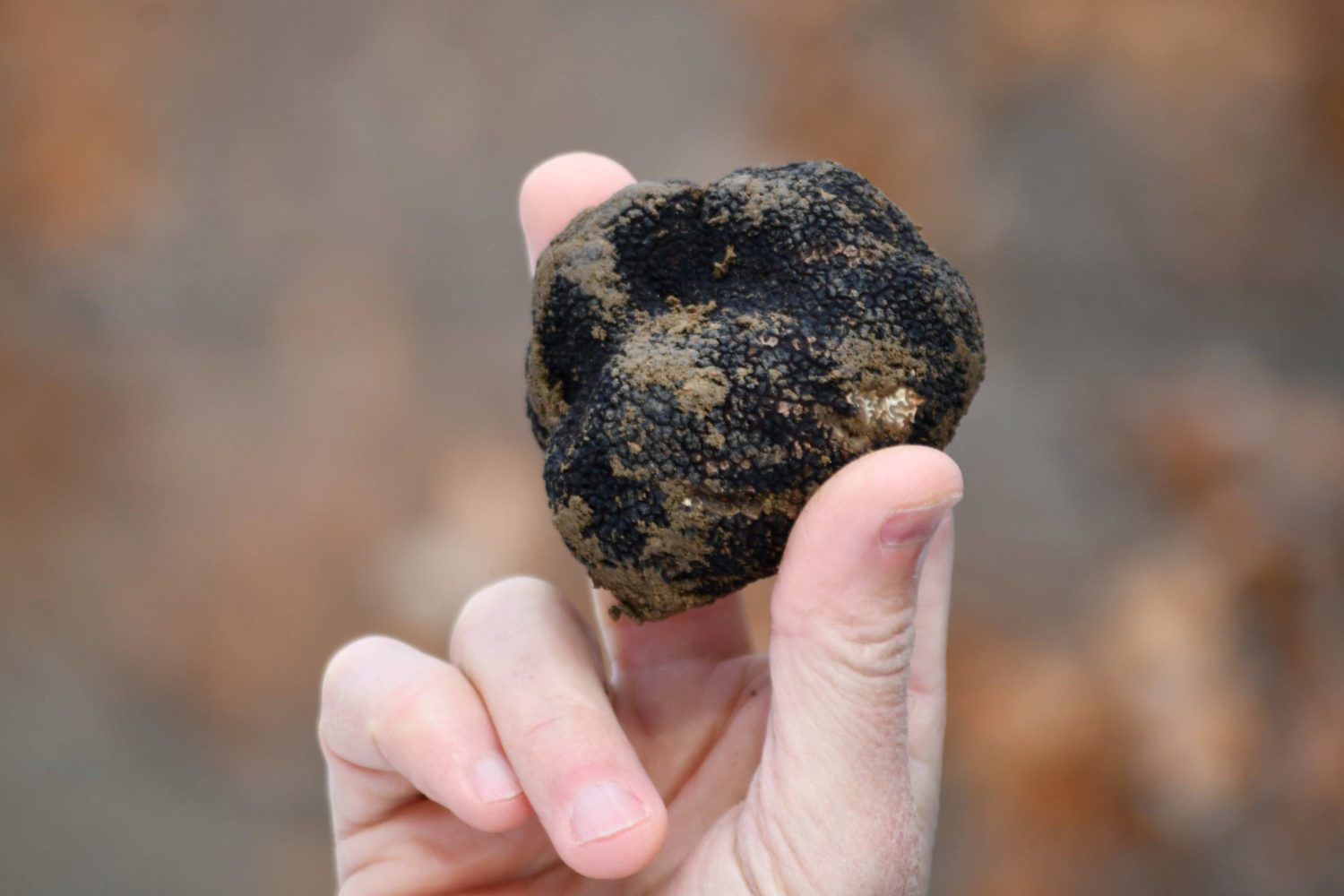This post has been updated from an earlier version.
Pawpaw season is upon us. You may have heard of pawpaws, but many locals still know little about the “tropical” fruit that grows wild in some wooded areas in the DC region.
The pawpaw, Asimina triloba, is one of the few fruits native to the U.S., with a range extending west to Nebraska, and south through Georgia and Texas. It’s the only temperate northern species in a family of tropical fruits that includes the custard apple, cherimoya, ylang-ylang, and soursop.
Cultivate the City’s Niraj Ray thinks it tastes just like a sweetsop, a custardy fruit native to the West Indies that is now widely eaten in Southeast Asia. The flavor has also been compared to banana, mango, and pineapple.“The pawpaw is really like a tropical fruit that lost its way,” he says.
Foragers can sometimes be secretive about the best spots, but pawpaw trees are all over several of the area’s most-visited parks. Pawpaw groves give shade to many of the locks along the C&O Canal. On Theodore Roosevelt Island, it’s hard to miss the trees, which usually grow about 15 to 25 feet tall and have broad, canoe-shaped leaves. And at Great Falls Park, overripe pawpaws sometimes litter the trail.
Most National Park areas—which include Great Falls and Roosevelt Island—prohibit disturbing or collecting any plants on their land, but the Chesapeake & Ohio Canal National Historical Park allows you to take one half-gallon of pawpaws per person per day for personal use.
There are other ways to enjoy pawpaws besides picking them on a hike on the C&O Canal Towpath. The area’s biggest pawpaw evangelist is Michael Judd, a landscape designer who hosts the annual Long Creek Pawpaw Fest at his Frederick homestead. This year’s festival on September 21 will feature pawpaw ice cream, jam, and other tastings.“A lot of folks from tropical cultures come, who are familiar with the other members of the custard-apple family,” Judd says. “When you get a large group of people eating pawpaws together, there’s this magical energy and excitement.”

Can’t get tickets to the festival? In September, you can sometimes find pawpaws at DC-area farmers markets, grown by producers like Two Boots Farm and Nisani Farms.
Pawpaws are finally getting some recognition, which begs the question: why wasn’t the tropical fruit already an American staple? Why isn’t pawpaw pie as ubiquitous on Thanksgiving tables as pumpkin pie? Why are mangoes and bananas available at the supermarket, but you have to go rooting around on a hiking trail to find North America’s answer to them?
For one thing, pawpaws are impractical and fragile. They’re only tasty when very ripe, mushy, and blotchy brown, but they’re difficult to transport in that state because they bruise easily. Freezing the highly perishable pawpaw’s pulp is a good way to keep it for recipes like pawpaw bread, made just like banana bread.
“It’s kind of like a black banana, that’s when it’s at its peak sweetness and is nice and custardy,” Ray says. “The more you don’t want it by look, the better it’s gonna taste.”















